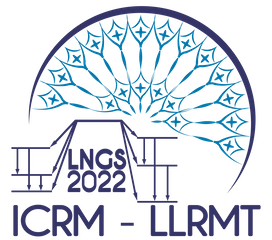Speakers
Description
The key tasks considering low-level gamma spectrometry analysis is creating an adequately accurate detection efficiency function, taking into consideration different energies, matrices and sample-detector geometries. The detection efficiency refers to the full energy peak efficiency (FEPE), which is defined as the ratio of the number of detected radiation events in the photo-peak and the total number of emitted photons by a source. This task can be achieved either by implementing the direct method- using a certified volume or point source standard with known activities of radionuclides where there is no need for approximations, or by utilizing a designated software for numerical or semi-empirical calculations. A simulation method can also be used for FEPE calculations through different software-simulation toolkits such as Geant4. ANGLE presents dedicated detection efficiency calculation software intended for high purity germanium (HPGe) and NaI detectors based on the concept of efficiency transfer. In this work, a new version of ANGLE software was tested (ANGLE 5). The improvement in this version over the previous ones is the introduction of the new functionality - true coincidence summing (TCS) corrections.
In this study, the beta version of the ANGLE 5 software was verified by using certified reference materials. Reference efficiency curves for different measuring geometries were calculated using a certified reference set of 11 point sources with an activity uncertainty of 3%. The spectra were acquired using two different HPGe detectors (ORTEC low background extended range coaxial detector GMX-20190 with a beryllium window and CANBERRA closed-end coaxial detector GC-3518). Additional verification was done by using 2 voluminous certified sources, CBSS-2 from the manufacturer - Czech Metrology Institute and Multigama Standard Resin Matrix 152Eu, manufacturer - L.E.A. FRAMATOM.
The final verification of ANGLE 5 software was performed on three real samples in different geometries which contain various actinide series radionuclides by comparing the obtained results with the Geant4 calculations.

